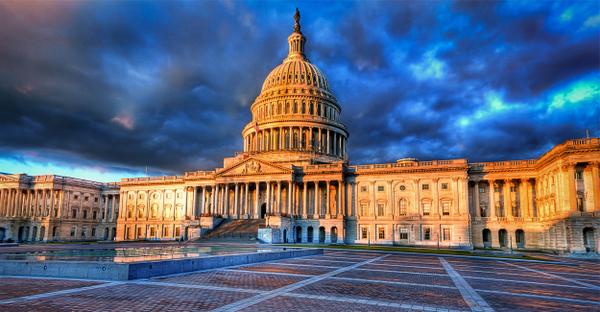Rep. Chris Smith (R-NJ) issued the following remarks on Friday on the Equality Act, H.R. 5:
Madam Speaker—H.R. 5 puts the Hyde Amendment and other federal and state laws that bar taxpayer funding for abortion at serious risk.
H.R. 5 also weakens conscience protections for health care providers opposed to being coerced into participating in the killing of unborn babies.
H.R. 5 defines “sex” to include “pregnancy, childbirth, or a related medical condition.” The term “related medical condition” means “abortion.” In the case Doe v. C.A.R.S., the Third Circuit stated, “We now hold that the term “related medical conditions” includes an abortion.”[1] Furthermore, the Equal Employment Opportunity Commission (EEOC), which enforces Title VII, interprets abortion to be covered as a “related medical condition.”[2]
To further clarify, the bill goes on to state:
(b): Rules.—In a covered title referred to in subsection (a)—“(1) (with respect to sex) pregnancy, childbirth, or a related medical condition shall not receive less favorable treatment than other physical conditions;…
In other words, a provider may not withhold a “treatment option,” including ending the life of an unborn baby.
PRO-LIFE COLLEGE STUDENT? LifeNews is looking for interns interested in writing, social media, or video creation. Contact us today.
In a legal analysis released today, the United States Conference of Catholic Bishops wrote:
Existing prohibitions on the use of government funds for abortion can be undercut in three ways.
First, federal and state governments are themselves providers of health care. Therefore, they would themselves be subject to the constraints that the Equality Act places on all health care providers and, as such, would likely be required to provide abortions. This conclusion is reinforced by the bill’s expansive definition of “establishment,” which is not limited to physical facilities and places.
Second, it would seem anomalous to, on the one hand, mandate that recipients of federal funds provide abortions, as the Equality Act can be read to do, but, on the other hand, prohibit use of such funds for abortions. It can (and likely will) be argued that these newly-enacted provisions, which would likely require recipients of federal funding to perform abortions, would thereby repeal by implication previously-enacted legislation forbidding the use of those very same funds for abortion.
Third, even if the bill were not construed to require the federal government to fund abortions, it could still be construed to require states that receive federal funding to do so with their own funds, which would be a departure from the longstanding principle that the federal government not require government funding of abortion even on the part of state governments.
The possibility that the Equality Act may be used to undercut the Hyde principle against government funding of abortion has been noted even by those endorsing the bill. Katelyn Burns, New Congress Opens Door for Renewed Push for LGBTQ Equality Act (Dec. 5, 2018). But instead of denying that this problem exists, or (even better) urging an amendment to avoid it, one supporter of the bill has suggested that the issue simply “has to be navigated super carefully.” Id. In other words, there is a problem and the suggested “fix” is simply to keep it from becoming politically visible.
I would like to submit the full analysis by the United States Conference of Catholic Bishops for the record. I am also submitting an analysis by National Right to Life (NRLC) that lists similar concerns and provides further insight into these issues.








